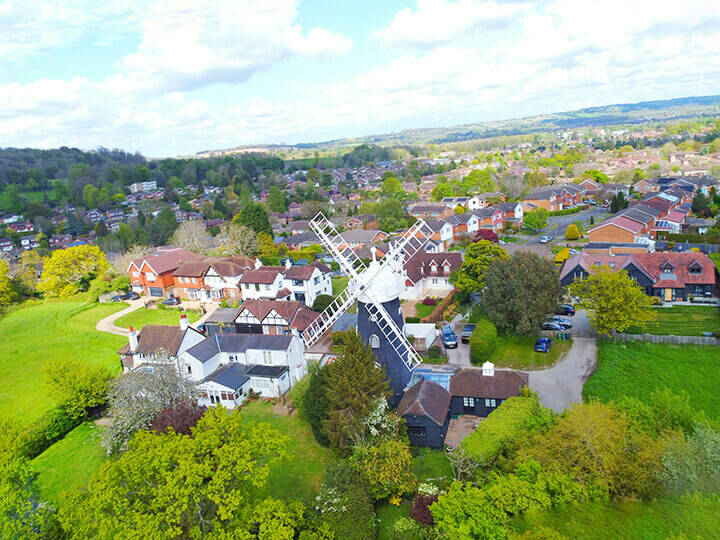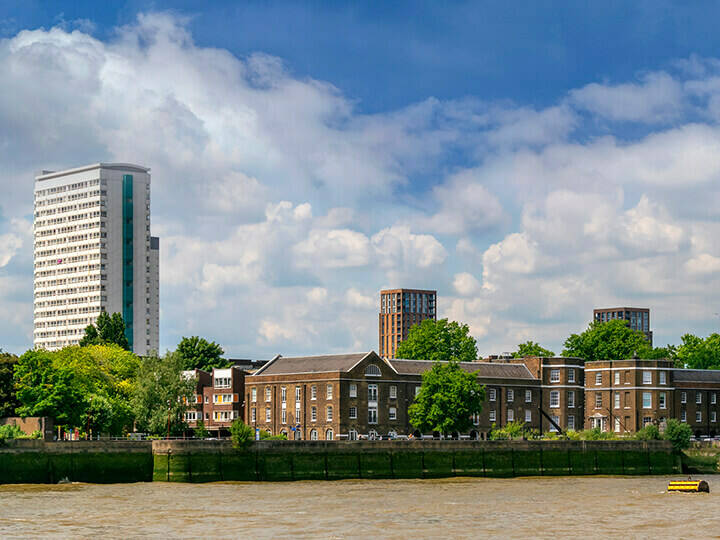Camden Borough Council has recently won the Data Linking Award category within GeoPlace’s Exemplar Awards 2025.
The challenge

Camden has long been committed to the value of accurate, integrated property data, with a well-established Local Land and Property Gazetteer (LLPG) underpinning many of its services. While residential records were closely aligned through Council Tax and consistent UPRN usage, commercial properties posed a different kind of challenge. Unlike residential addresses, commercial premises frequently change use, are repurposed, or disappear altogether – and the separate operation of the National Non-Domestic Rates (NDR) system meant that some properties could fall between the cracks.
Without systematic cross-referencing between the LLPG and NDR, there was a risk that rateable properties were either misclassified or missing entirely. With growing financial pressures on local authorities, this presented both a challenge and an opportunity: to clean up and align the data, and to ensure the council was capturing the full picture of its commercial property landscape. The benefits of such integration extended beyond revenue protection – promising greater clarity, better planning, and a stronger evidence base for service delivery.

The solution
Taking a proactive approach, Camden’s LLPG Application Analyst imported all available NDR cross-references into its LLPG. This made it possible to highlight gaps – particularly commercial properties in the gazetteer with no matching NDR record. An initial report identified over 8,500 such addresses, many of which could be ruled out quickly (e.g. public toilets, playgrounds, and recycling points that are classified as commercial but don’t attract business rates).
The remainder required painstaking individual investigation. Each property was assessed using tools such as Google Street View, HM Land Registry, internet searches, and VOA records. The aim was to determine whether the property still existed, had changed function, or might be operating under a different name. The most ambiguous cases – a small, refined batch of around 30 addresses – were flagged or deeper investigation.
This was not a fast process. The work had to be balanced alongside routine LLPG responsibilities and took place over 18 months. But it was undertaken with discipline and persistence – and yielded striking results.
The results
Of the small number of addresses passed to Camden’s business rates team, around a dozen were confirmed to be active businesses that had not been paying rates. This insight, backed by verifiable evidence, enabled the council to recover nearly £3.5 million in backdated business rates – plus secure ongoing income from those properties going forward.
Equally important were the structural improvements that followed. The LLPG now holds accurate, live cross-references to NDR data, with a process in place to keep them updated. Closer working relationships between the LLPG and business rates teams have emerged, rooted in shared data standards and mutual visibility. Camden can now say with confidence that its commercial property data is of a consistently high standard – a claim that supports everything from revenue protection to service planning and emergency response.
As one of the earliest adopters of the Local Land and Property Gazetteer (LLPG), Camden has long recognised the importance of spatially accurate, well-maintained address data. This project reaffirmed that commitment – not only by recovering lost revenue, but by strengthening the council’s ability to serve its communities with precision, fairness, and transparency. When data reflects reality on the ground, services can respond in kind – and residents can trust that the systems around them are working as they should.
Emma Farrell-Frost – LLPG Application Analyst, at Camden Borough Council said:
“This was slow, meticulous work – but it paid off. We’ve recovered revenue, improved our data, and created a stronger link between address records and real-world activity.”



